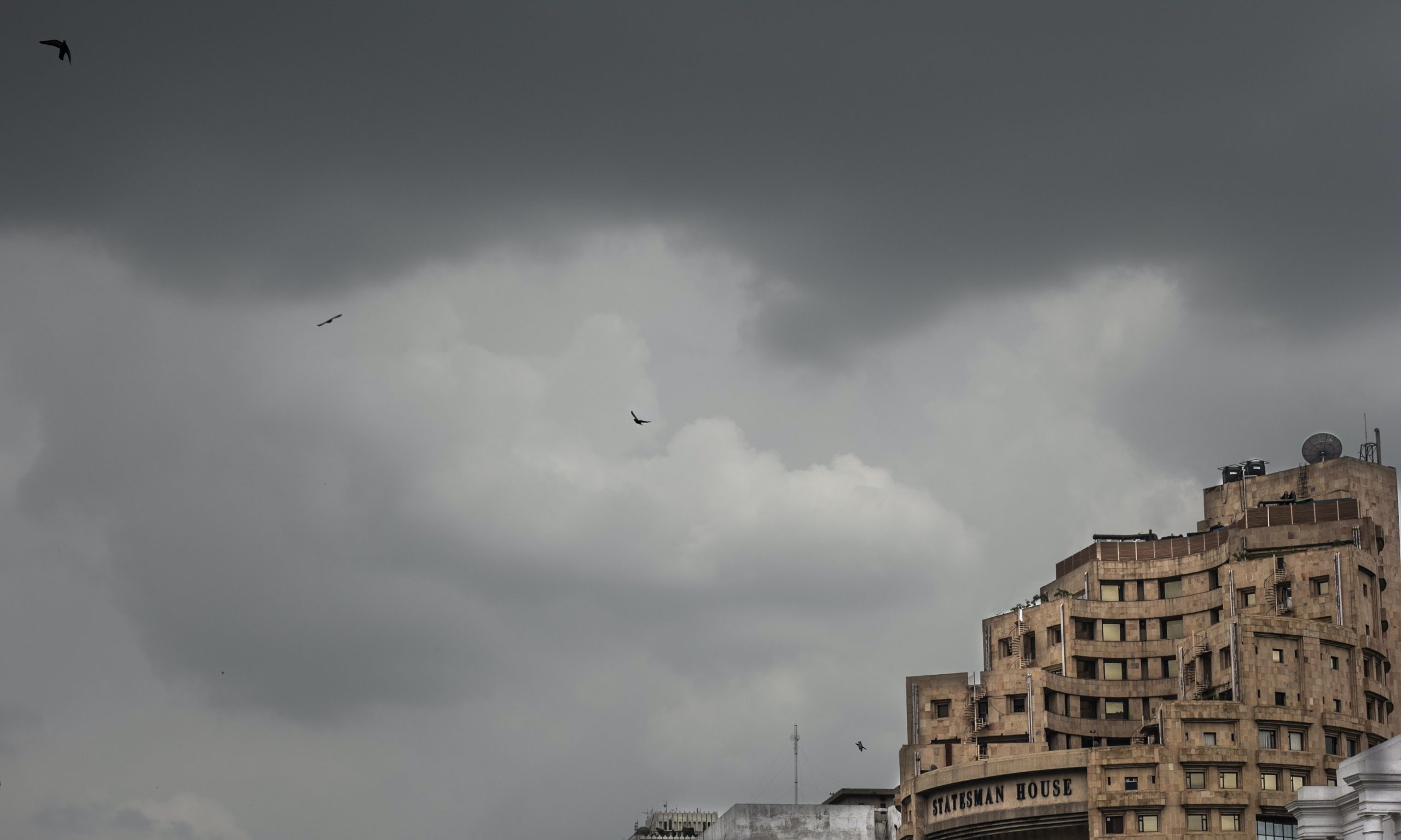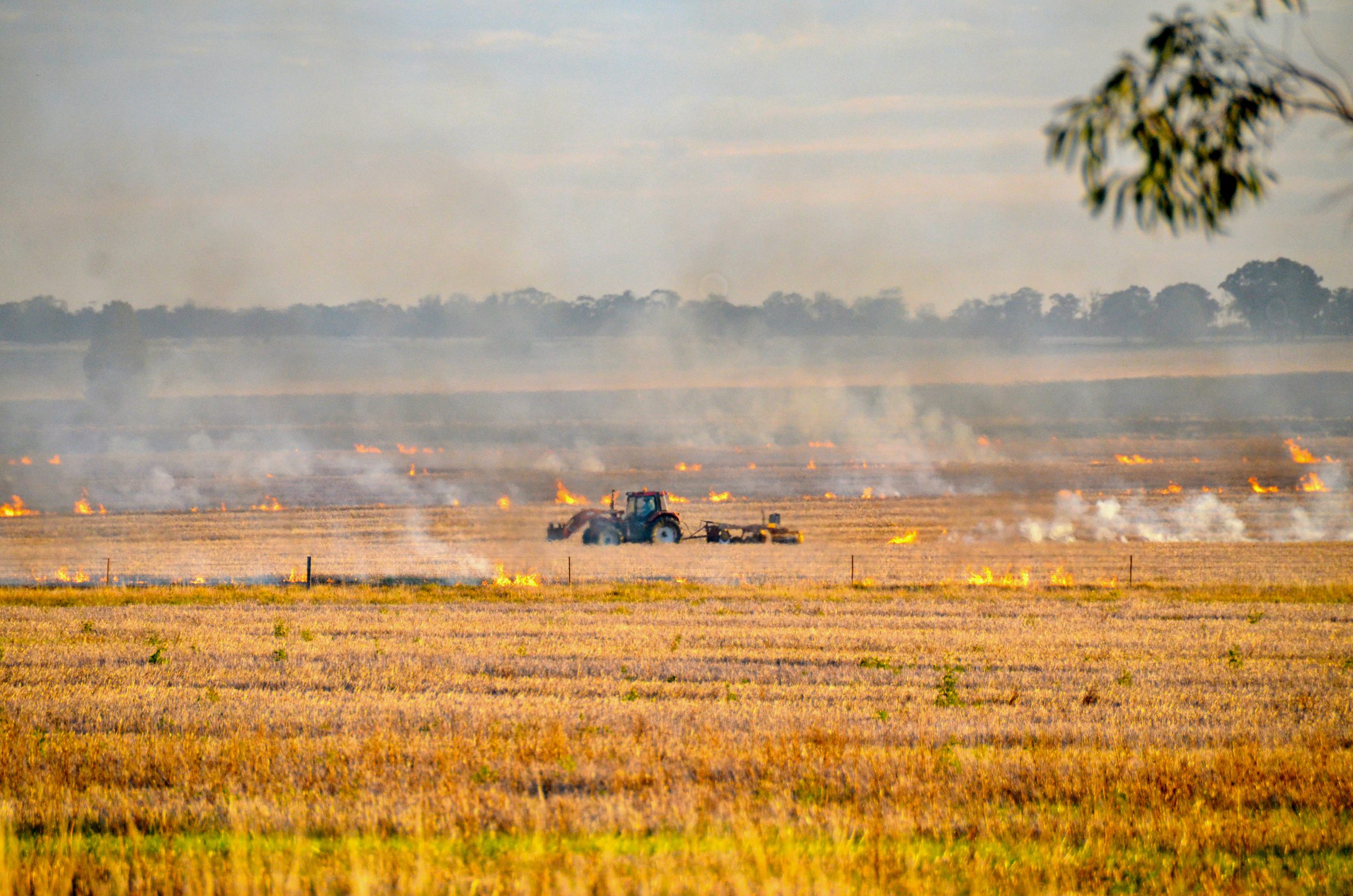Delhi – A smogged city that blames its festivals

Last week, the Hon’ble Delhi High Court asked Delhi Disaster Management Authority (DDMA) and Central Pollution Control Board (CPCB) to consider as representation, the pleas before the court seeking ban on bursting of firecrackers and burning of effigies during Dussehra festivities, and to take immediate action. On the other hand in the same week, the Hon’ble High Court refused to entertain pleas praying for stringent action on stubble burning in NCR and neighbouring States. The reasons cited for the dismissal were that appropriate action has been taken by the Supreme Court, but the same reasons also exist in the case of restrictions on sale and use of firecrackers in Delhi and rest of the nation as laid down by the apex Court in 2018.
Diwali in the stands before the Supreme Court
Post Diwali in November 2016, the Supreme Court of India in response to a public interest litigation (PIL) filed by three infants attributing Delhi’s poor air quality and smog to the use of firecrackers in Diwali celebrations, banned the sale and stocking of all kinds of firecrackers in Delhi and National Capital Region (NCR). Then on 12 September 2017, just before Diwali, a two-judge bench of Justices Madan B. Lokur and Deepak Gupta while hearing petitions filed by fireworks manufacturers partially lifted that ban thereby allowing issuance of licenses to 500 shopkeepers in Delhi.
But on 9 October 2017, another bench headed by Justice A.K Sikri reversed the above decision while hearing another petition filed by three children praying for a complete ban on fireworks citing health reasons. The bench while observing that it will “try out at least one Diwali without firecrackers” reimposed a complete ban till November 1st simultaneously directing the authorities to monitor the air pollution levels for Delhi-NCR during and post Diwali (which was on 19 October 2017).
Again in October 2018, in response to a plea seeking a ban on firecrackers across the country, the apex court while refusing to impose a “blanket ban” passed an order to regulate the manufacturing, sale, and use of firecrackers. It allowed the sale of “green crackers” through licensed traders. The order also regulated the time of burning firecrackers; limiting it to two hours between 8 pm and 10 pm on Diwali and half an hour between 11:55 pm to 12:30 am on other occasions such as Christmas and New Year. These restrictions were imposed for the entire nation. Schools and colleges were also asked to run awareness campaigns against use of firecrackers in Diwali celebrations.
All the above PILs filed before the apex court had alleged that NCR suffers from high levels of air pollution during the Winter season starting September, which reaches its peak during the Diwali festivities mainly due to bursting of firecrackers. However, this allegation was never backed by any study or data.
Reports don’t cite Diwali firecrackers as a major source
In 2018 when Supreme Court was hearing the above-mentioned petition, the Indic Collective Trust (ICT) intervened in the matter seeking revocation of the ban on firecrackers. Advocate J Sai Deepak, who represented ICT, submitted various reports to the court refuting the claim that use of firecrackers during Diwali was a major source of air pollution in NCR. The 2017 and 2018 studies done by the National Environmental Engineering Research Institute (NEERI) and the International Institute for Applied Systems Analysis (IIAS, Austria), analysed data from 5 years and cited multiple factors that contribute to high pollution levels in Delhi. However, firecracker bursting during Diwali was not cited as a major contributor therein.
Another report placed before the Court was a 2018 Parliamentary Standing Committee Report on causes of pollution in Delhi, which listed seven major factors of pollution but did not mention Diwali firecrackers as one. The report clearly stated that the baseline pollution for NCR is itself high for reasons not attributable to Diwali.
In 2016 a comprehensive study titled ‘Air Pollution and Green House Gases (GHGs) in Delhi’ was prepared by IIT Kanpur and submitted to the Delhi government. The study after analysing the data for the year 2014, stated that – “The winter sources (% contribution given in parenthesis for PM10 – PM2.5) include: secondary particles ( NO₃⁻ + SO₄⁻² + NH₄⁺) (25 – 30%), vehicles (20 – 25%), biomass burning (17 – 26%), MSW (municipal solid waste) burning (9 – 8%) and to a lesser extent soil and road dust. It is noteworthy, in winter; major sources for PM10 and PM2.5 are generally the same (as in summer)”. In its general inferences, the study clearly stated that the major contributors to Delhi’s worsening AQI are road dust and combustion sources such as domestic cooking, power plants, industries and vehicle emissions which account for an average of 25% PM 2.5 levels, going up to 36% in the winters.
The AQI for Delhi-NCR has remained severe even during the years when the court-imposed bans and regulation over sale of firecrackers were in force. The studies and reports from 2016-2019 amply cover this fact. Therefore, the question that begs answer is – what is/are the constant factor/s that adversely affect Delhi-NCR’s air quality every winter season.
Stubble burning and Geographical factors
Last year’s data from System of Air Quality and Weather Forecasting and Research (SAFAR) shows that the contribution of stubble burning in Delhi’s winter air pollution varies and had gone up to 40 percent between October-December. Taking note of the rise in farm fires this season (starting July itself), the Supreme Court recently appointed retired Justice Madan B Lokur as a “One-Man Panel” for monitoring and taking steps to prevent stubble burning in Punjab, Haryana & Uttar Pradesh. The Court also directed EPCA and NCC (National Cadet Corps) to assist the Lokur Panel in physical surveillance of fields. Citing this step taken by the apex Court, the Delhi High Court had recently dismissed pleas that sought immediate action to prevent stubble burning in neighbouring states as it would aggravate the COVID-19 related problems.
This month itself, various newspapers have cited satellite data according to which Punjab recorded 1,926 farm fires between September 21 to October 9, against 412 in 2019 and 399 in 2018, therefore highest so far during the said period. Few news portals have also cited an analysis done by Mr. Siddharth Singh, an energy and climate policy researcher and author of the book ‘The Great Smog of India’, in which he claims that “five sectors including transport, cooking and residential sector, industry and services, dust both from fields around Delhi but also through construction activity and biomass burning which includes stubble burning are part of the sources… At the peak, which is going to happen from the end of October or beginning of November, at that time almost 50% of Delhi’s air pollutants is sourced through stubble burning alone.”
Mr. Singh also wrote about Delhi’s geographical curse that causes the winter smog every year in an article published in 2018. He said that as Delhi “lies to the north-east of the Thar Desert, to the north-west of the central plains and to the south-west of the Himalayas… As winds arrive from the coasts, bringing with them pollutants picked up along the way, they get ‘trapped’ right before the Himalayas. The air pressure pushes from one direction, and with the inability to escape quickly in the other, the particulate matter accumulates over the northern plains. This accumulation and entrapment affect not only Delhi, but the entire expanse between Punjab in the west to West Bengal in the east. Imagine this as a “bowl” that collects pollutants, with only a narrow outlet for it to escape.”
He further states in his article that “The north-westerly winds that come into Delhi transport sulphur dioxide (SO2) emitted from large power plants and refineries that are situated upwind of Delhi. There are, after all, thirteen power plants that run on fossil fuels in a 300km radius of the capital…. That northern India is cursed with such factors beyond its control, however, should not be an excuse to do nothing. After all, even after poor geography, meteorology, and natural sources of dust are accounted for, there are still significant pollutants that arise from anthropogenic sources—in other words, from human activity. These anthropogenic factors include manufacturing activity, power generation, construction, and transport. While these economic activities keep contributing to the emissions stock around the year, the system is given a “shock” every winter from the agricultural sector owing to the burning of crop residue.”
Recently, the Delhi Environment Minister Gopal Rai pointed out to CPCB and EPCA that 11 coal-fired power plants within 300 kilometres of Delhi are operational despite missing two deadlines to meet new emission norms. EPCA had recently asked the neighbouring states’ governments to file status reports on funds allocated to prevent stubble burning and issues behind the negligible impact of the schemes in place. In this reference, the EPCA also filed its own action-taken report before the Supreme Court in September this year. The report gives data on all schemes, funds sanctioned and beneficiaries etc. for mainly Punjab, Haryana and UP. Clearly the funds and schemes are not reaching the farmer and not at the right time at least for them to opt for environment-friendly methods to clear their fields. The Graded Response Action Plan (GRAP) currently enforced by the Delhi government prescribes a strict ban on selling and use of firecrackers even when the air quality in the city is between ‘moderate to poor’.
Despite all the studies and data available with the government agencies that themselves recognise stubble burning as a major factor for severe air quality in NCR region during winters, the implementation of schemes and levying of fines on that front is lax. However, the Dussehra-Diwali festivals and fireworks manufacturers and sellers continue facing the worst sanctions.
Green crackers this Diwali?
The apex court had allowed only environment-friendly “green crackers” to be sold in Delhi. The Delhi government has said that they have planned a massive awareness campaign to promote ‘green crackers’ this year but the fact remains that a very small number of manufacturers have got the license to produce these firecrackers. According to a news report, about 60 varieties of green crackers will be available in the market, but “the cracker industry is still recovering from the losses incurred in the last three years. This year, of 90 traders only 10 are expected to apply for licences. This is because for the last three years, the cracker business faced major losses and many small traders have not been able to revive their businesses”.
Whether the green crackers impetus works well this Diwali or not, is yet to be seen. Nevertheless, there would be various traders and fireworks manufacturers still facing losses and schools and colleges asking children to pledge against celebrating their biggest festival in its traditional form.








Dr Swapnil Zambare
Many thanks for all your efforts. Wish u more strength and God speed. Do agree that Diwali cracker ban is being done with malicious intent.
Even then I will not oppose it as it will force us hindus to return to the true roots of the celebration and allow us to dwell on why we must be thankful and to whom and spend more time with each other.
The real message of Diwali is getting lost in the cacophony of crackers.
Diwali is far far far bigger than a few crackers (even the polluting kind).
Its message is eternal.
Its a message of hope and triumph over evil a respect for elders